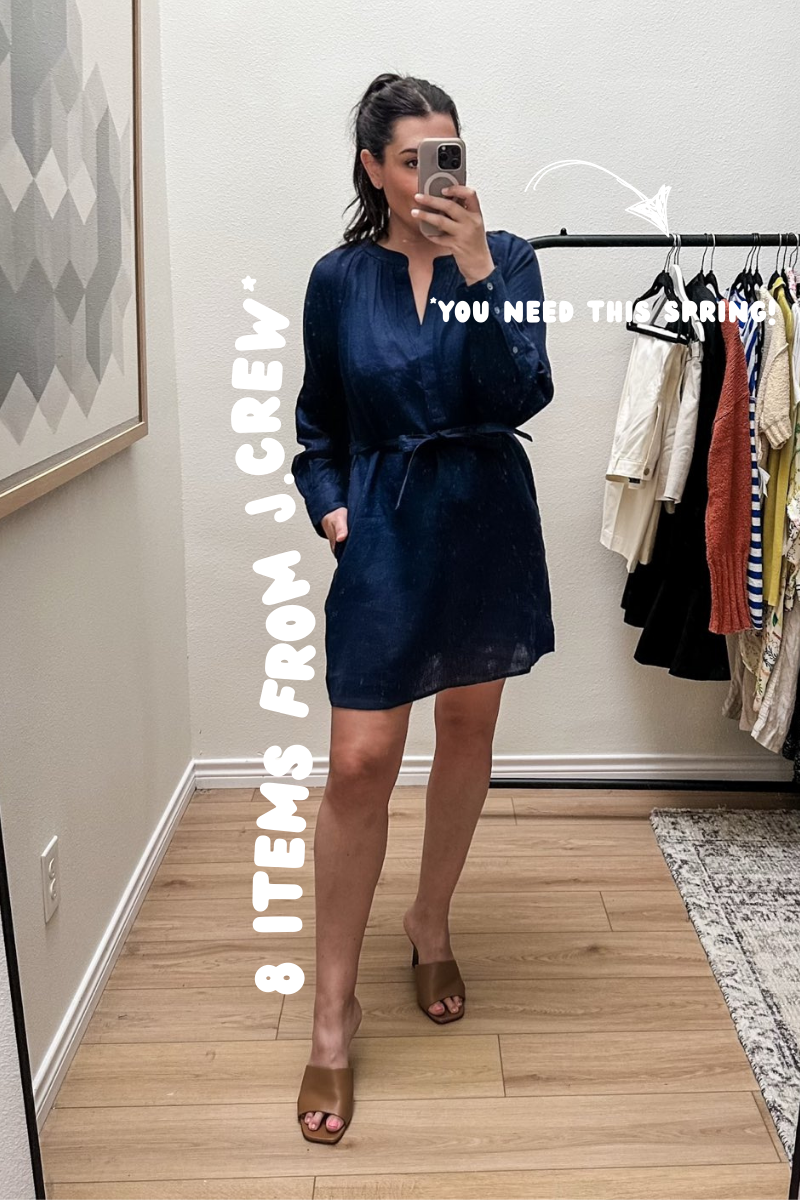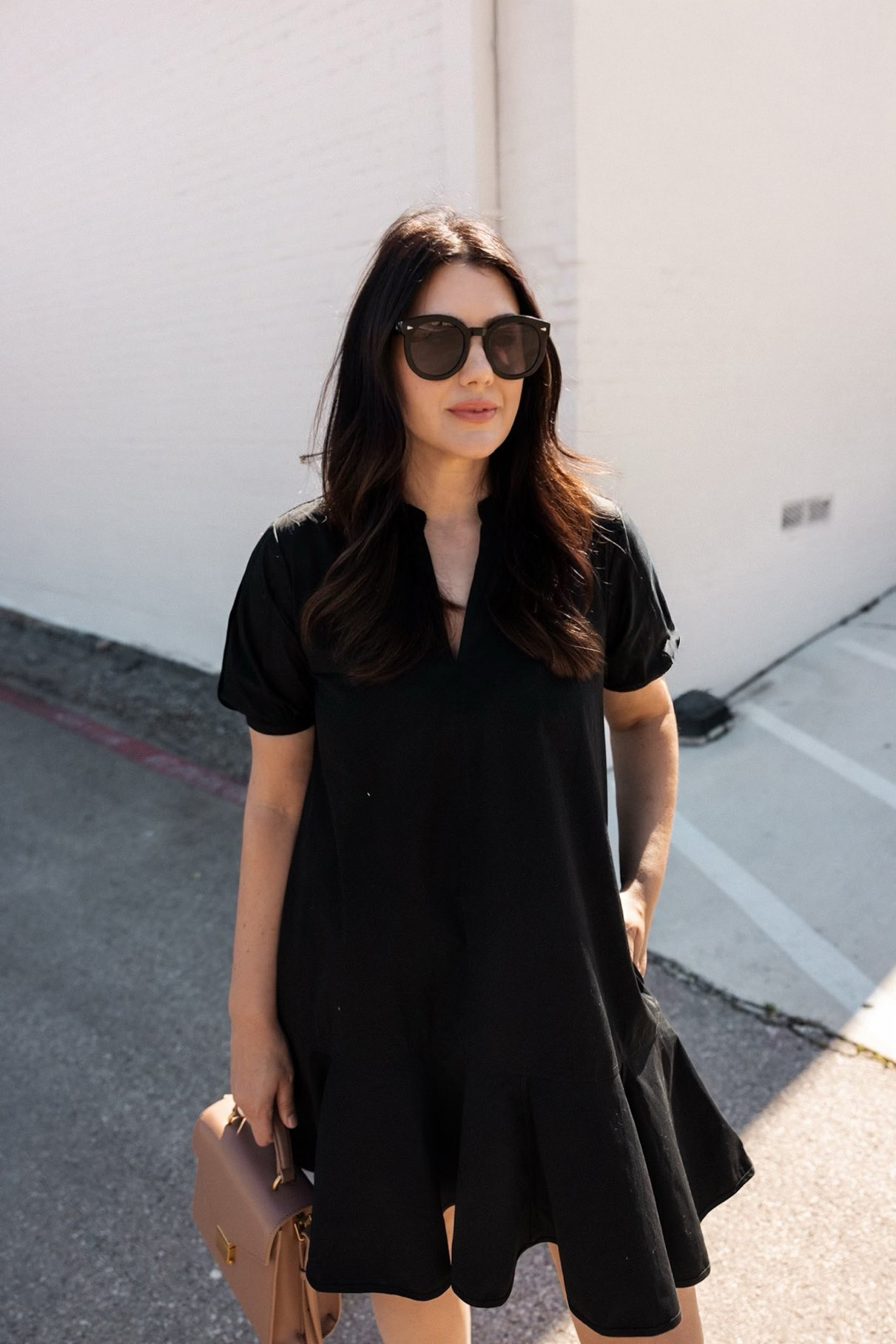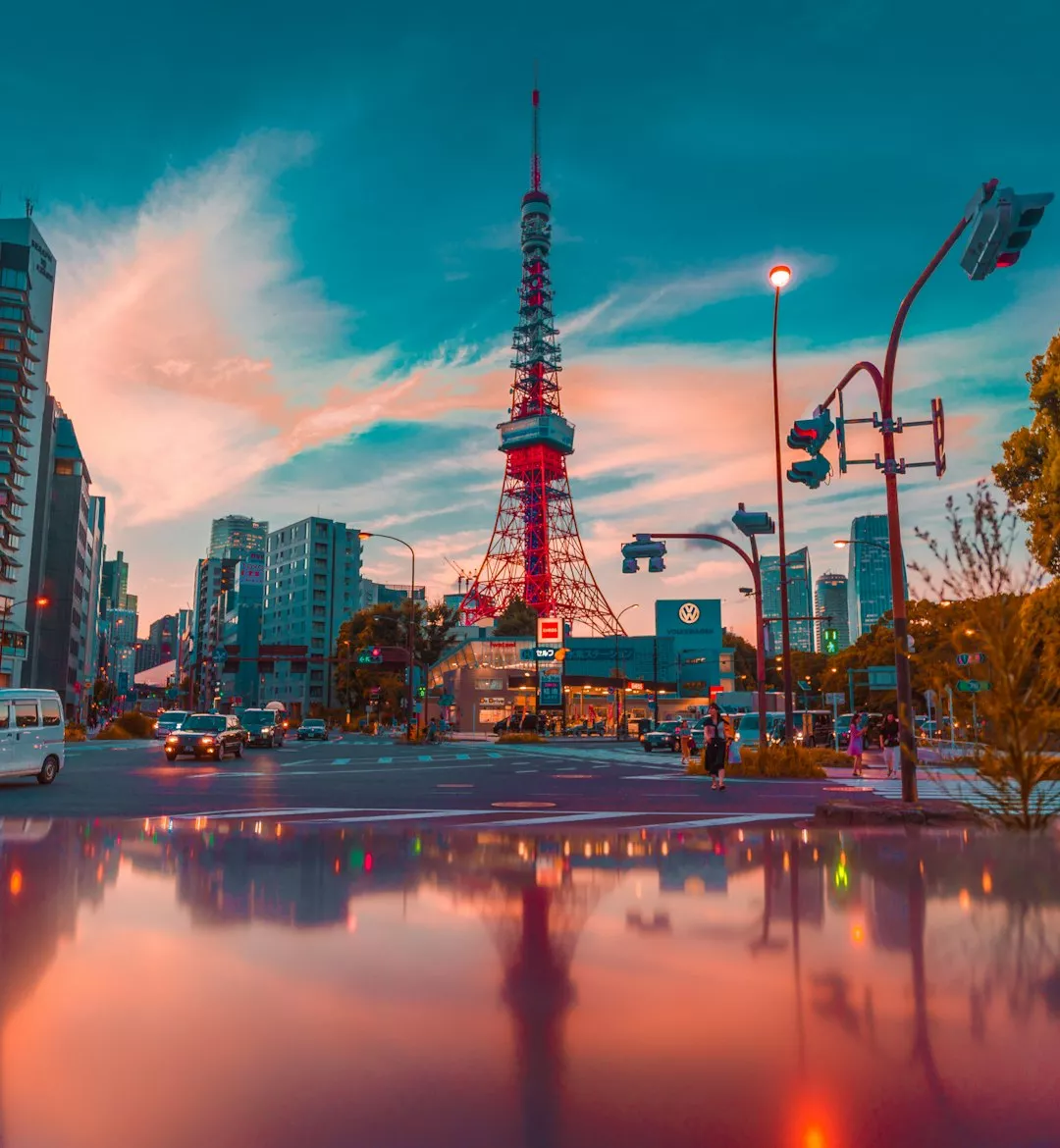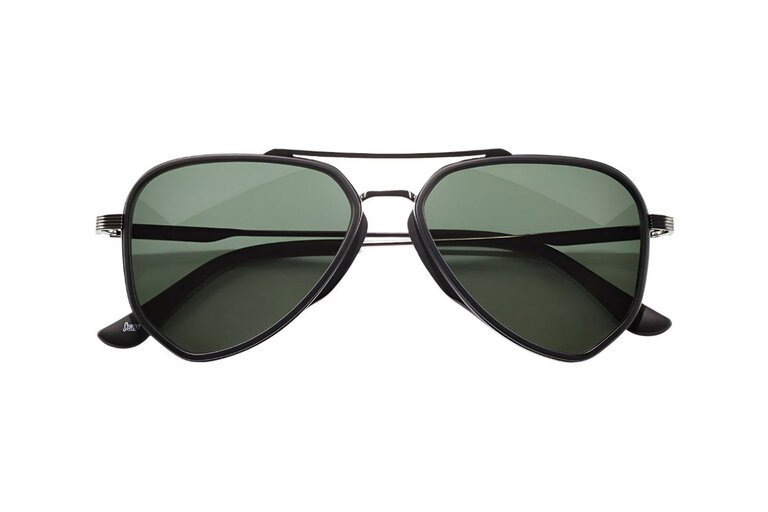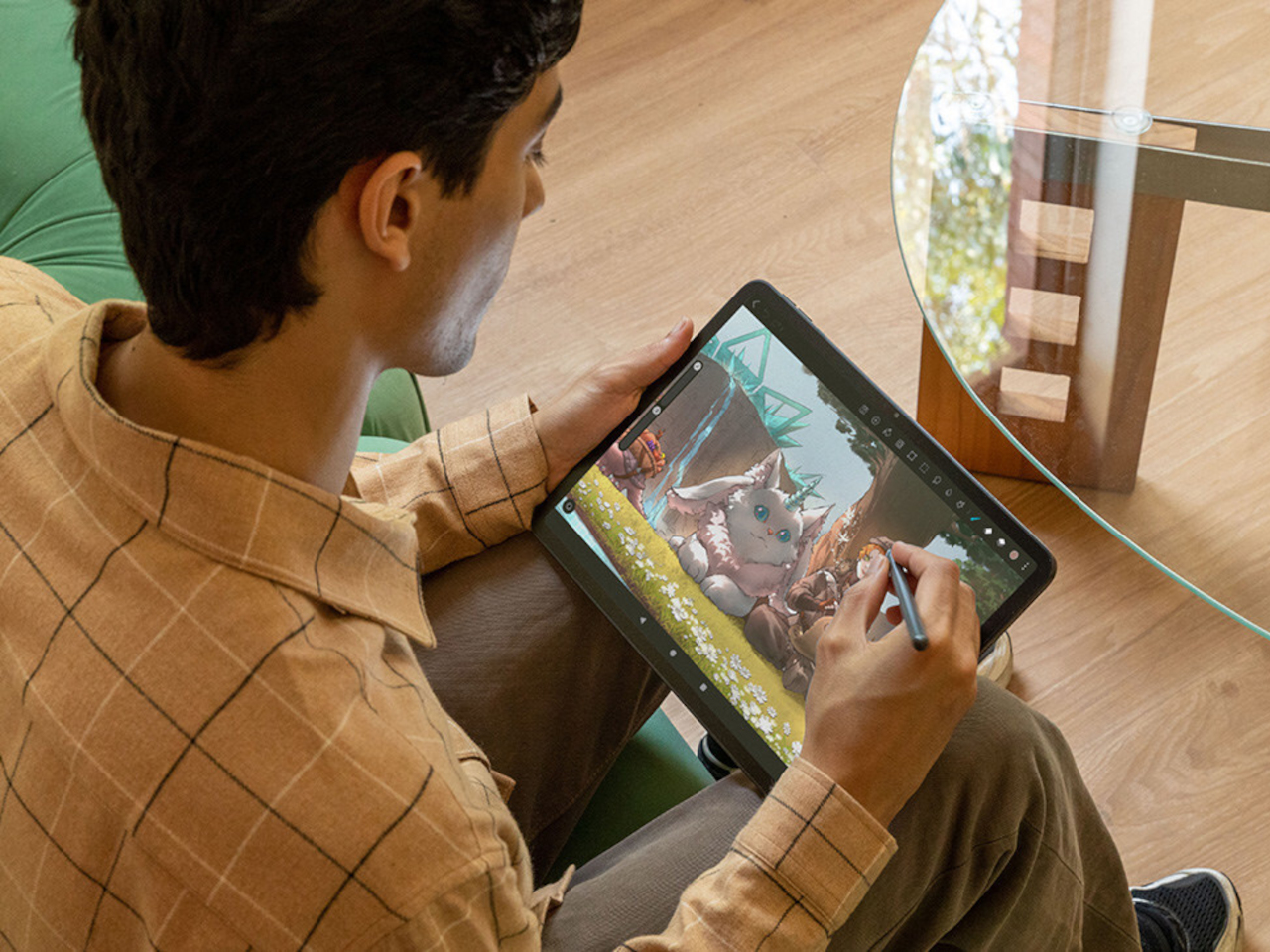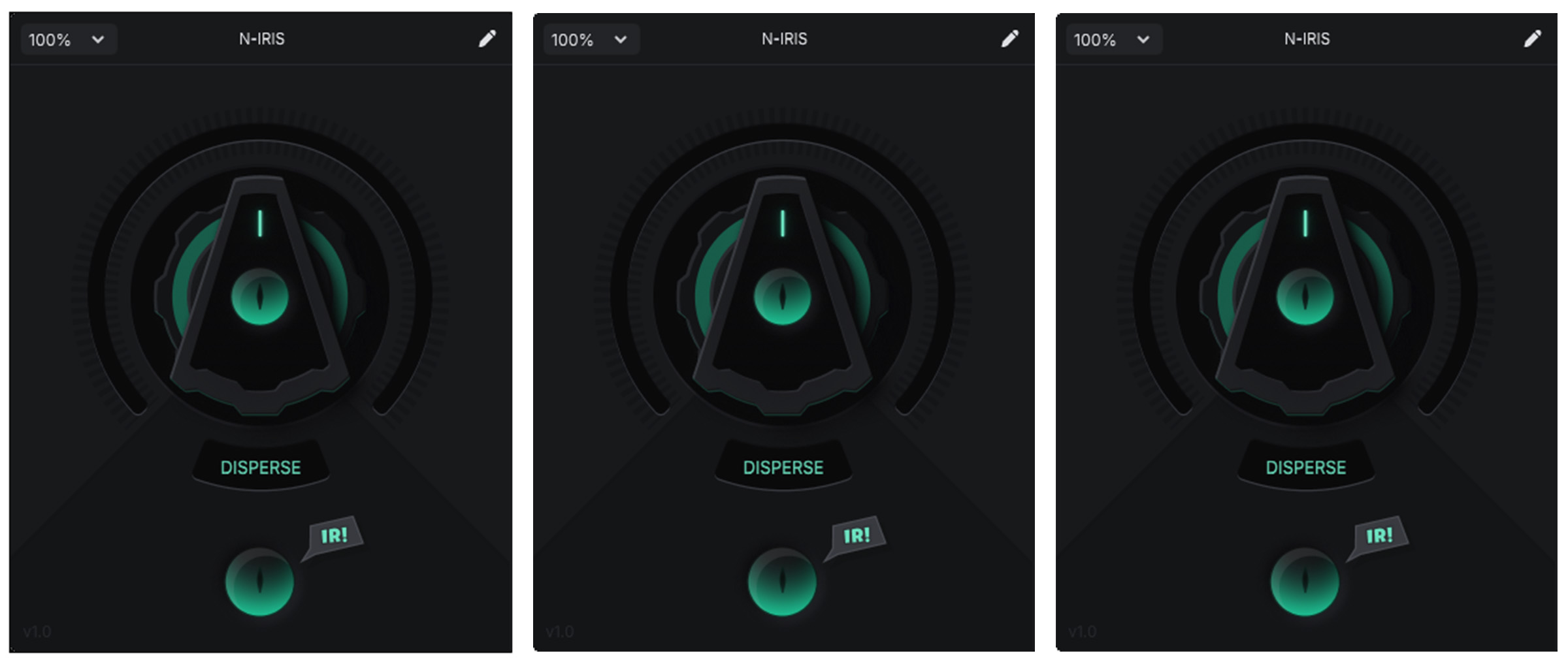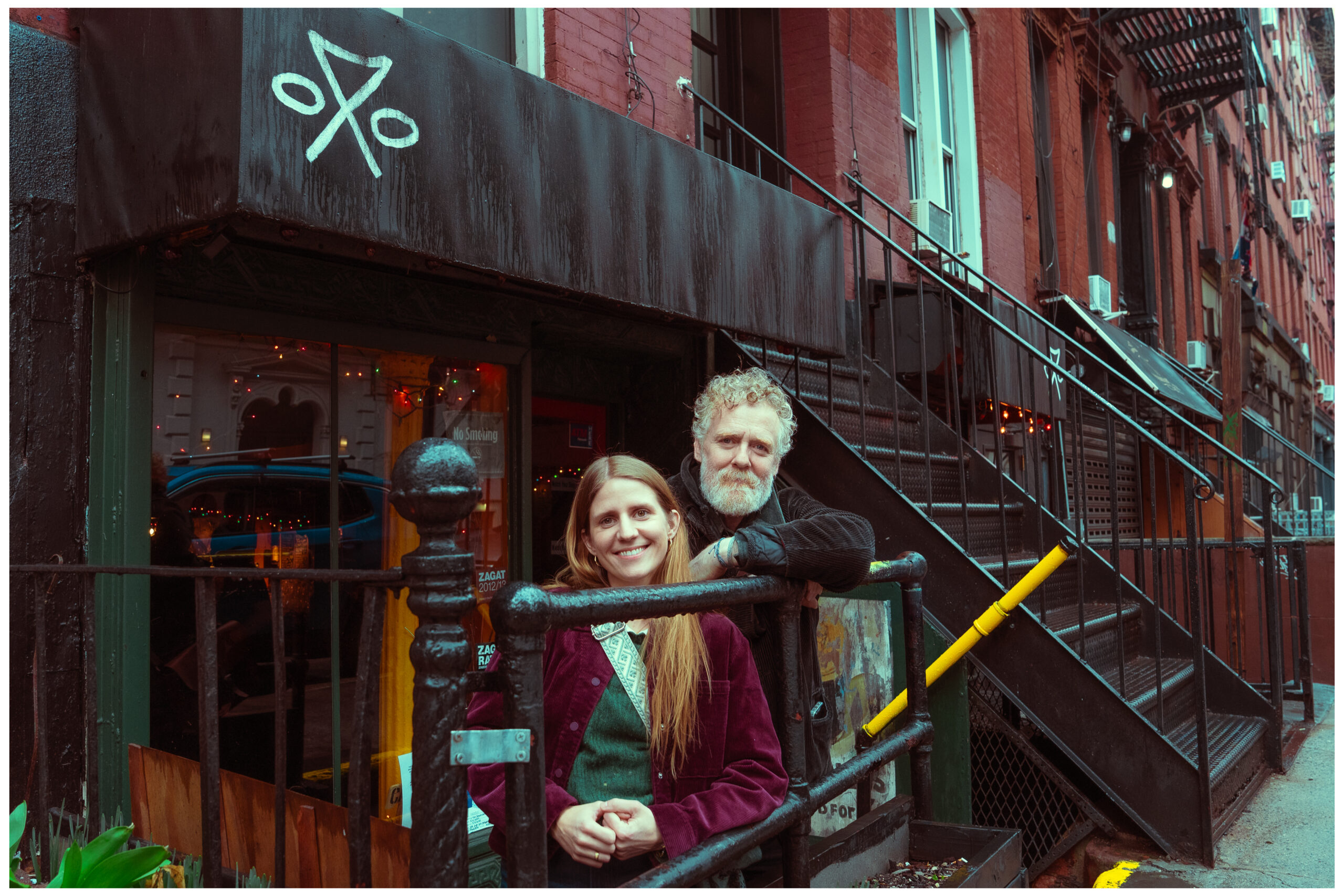Researchers "Discover" a Never-Before-Seen Color
Did you know that, for most of human history, blue was very difficult to come by? While it is the sky and the ocean's default color, blue is otherwise rare in the natural world. Blue flowers are scarce (produced by less than 10% of flowering plants) as are minerals that produce blue pigment.Image: Delonix, CC BY-SA 4.0 The Egyptians developed a synthetic blue pigment by mixing sand, calcium, copper and ash, but it was labor-intensive and difficult to make. When Europeans first caught wind of indigo in the 16th century, they went wild for the stuff, importing it first from India and then America, where it was produced at a heavy cost—slave labor. Today blue isn't rare. With the prevalence of smartphones and computer-generated imagery, we take colors for granted. You can move a bunch of sliders on a screen and generate whatever color you want. But researchers at U.C. Berkeley have sort of discovered a new color, one that you and I have never seen.What the researchers did was manipulate the cones in the retinas of test subjects in order to get them to see this new color. We have three types of cones, Long, Medium and Short (L, M, S) that receive light and translate those into color within our brains. The L cones are sensitive to red light, and the S cones to blue. Those two cones do most of the heavy lifting, as the M cones have no naturally-occuring light frequency that stimulates them.Image: Rapidreflex, CC BY-SA 4.0 The Berkeley researchers mapped the test subjects' retinas to figure out where their M cones are, then used a laser to send pulses of light directly onto these M cones. The test subjects then saw the "new" color, perceiving it as "a patch of colour in the field of vision about twice the size of a full moon," according to the Guardian.Their description of the colour is not too arresting – the five people who have seen it call it blue-green – but that, they say, does not fully capture the richness of the experience."It was jaw-dropping. It's incredibly saturated," said Ren Ng, an electrical engineer at the University of California, Berkeley.The researchers shared an image of a turquoise square to give a sense of the colour, which they named olo, but stressed that the hue could only be experienced through laser manipulation of the retina."Olo" John Barbur, a University of London vision scientist, was dismissive of the experiment, saying "It is not a new colour" and stating that the exercise had "limited value." Researchers, however, hope it will help them understand color blindness and vision-affecting diseases.I don't know how bulky or expensive the equipment is, but I bet if they set up a booth at a trade show attended by designers, they could charge money. What designer wouldn't pay five, ten, twenty bucks, to see a color they've never seen before?

Did you know that, for most of human history, blue was very difficult to come by? While it is the sky and the ocean's default color, blue is otherwise rare in the natural world. Blue flowers are scarce (produced by less than 10% of flowering plants) as are minerals that produce blue pigment.
 Image: Delonix, CC BY-SA 4.0
Image: Delonix, CC BY-SA 4.0
The Egyptians developed a synthetic blue pigment by mixing sand, calcium, copper and ash, but it was labor-intensive and difficult to make.

When Europeans first caught wind of indigo in the 16th century, they went wild for the stuff, importing it first from India and then America, where it was produced at a heavy cost—slave labor.

Today blue isn't rare. With the prevalence of smartphones and computer-generated imagery, we take colors for granted. You can move a bunch of sliders on a screen and generate whatever color you want. But researchers at U.C. Berkeley have sort of discovered a new color, one that you and I have never seen.
What the researchers did was manipulate the cones in the retinas of test subjects in order to get them to see this new color. We have three types of cones, Long, Medium and Short (L, M, S) that receive light and translate those into color within our brains. The L cones are sensitive to red light, and the S cones to blue. Those two cones do most of the heavy lifting, as the M cones have no naturally-occuring light frequency that stimulates them.
 Image: Rapidreflex, CC BY-SA 4.0
Image: Rapidreflex, CC BY-SA 4.0
The Berkeley researchers mapped the test subjects' retinas to figure out where their M cones are, then used a laser to send pulses of light directly onto these M cones. The test subjects then saw the "new" color, perceiving it as "a patch of colour in the field of vision about twice the size of a full moon," according to the Guardian.
Their description of the colour is not too arresting – the five people who have seen it call it blue-green – but that, they say, does not fully capture the richness of the experience.
"It was jaw-dropping. It's incredibly saturated," said Ren Ng, an electrical engineer at the University of California, Berkeley.
The researchers shared an image of a turquoise square to give a sense of the colour, which they named olo, but stressed that the hue could only be experienced through laser manipulation of the retina.
"Olo"
John Barbur, a University of London vision scientist, was dismissive of the experiment, saying "It is not a new colour" and stating that the exercise had "limited value." Researchers, however, hope it will help them understand color blindness and vision-affecting diseases.
I don't know how bulky or expensive the equipment is, but I bet if they set up a booth at a trade show attended by designers, they could charge money. What designer wouldn't pay five, ten, twenty bucks, to see a color they've never seen before?





![‘Predator: Badlands’ – Dan Trachtenberg Previews His “Big, Crazy Swing” [Interview]](https://bloody-disgusting.com/wp-content/uploads/2025/04/image-26.jpg)






















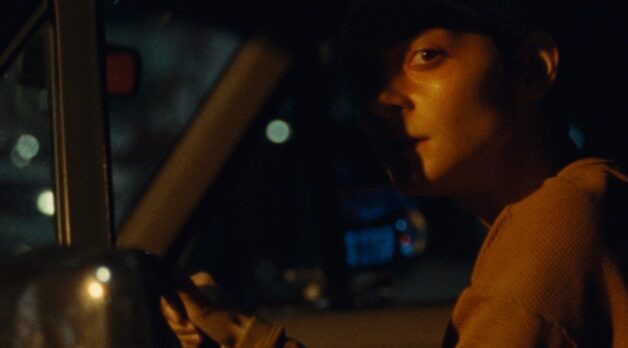
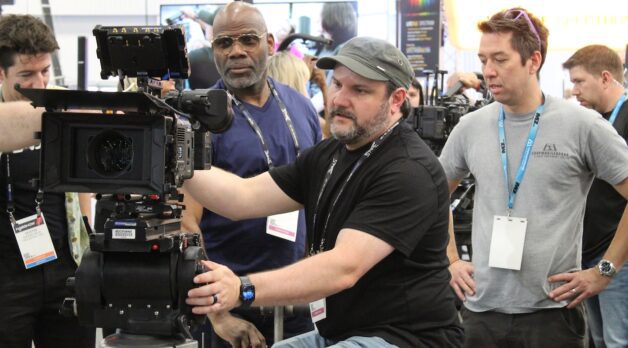































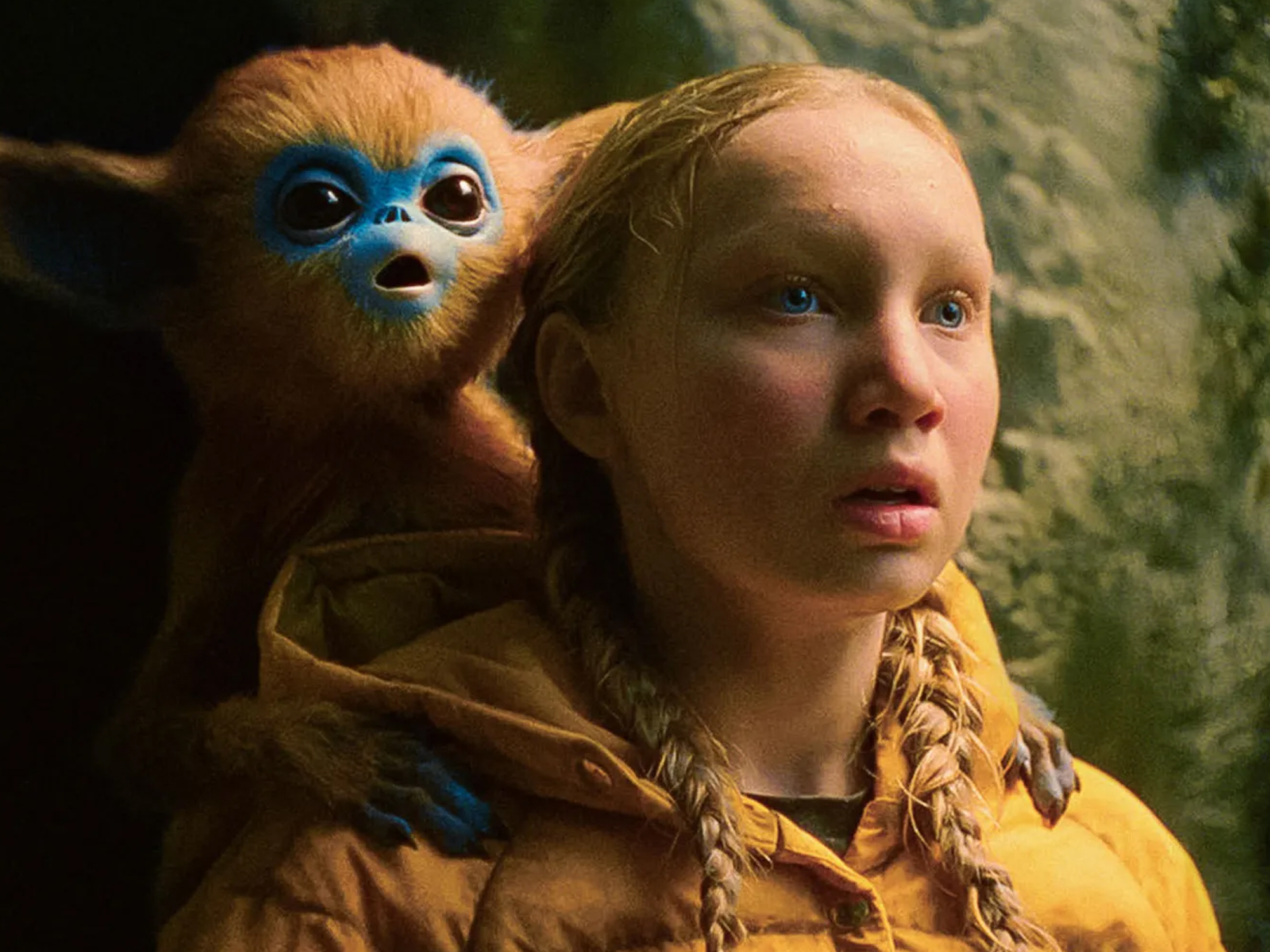










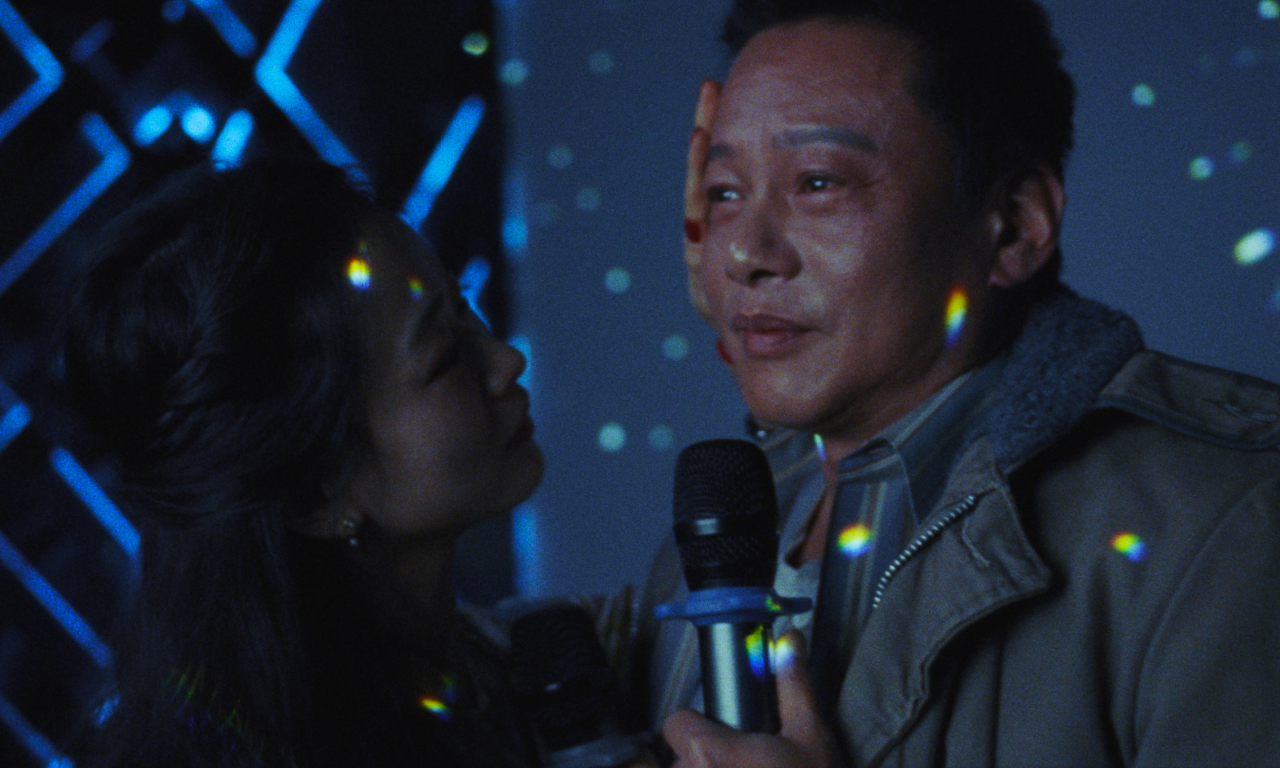






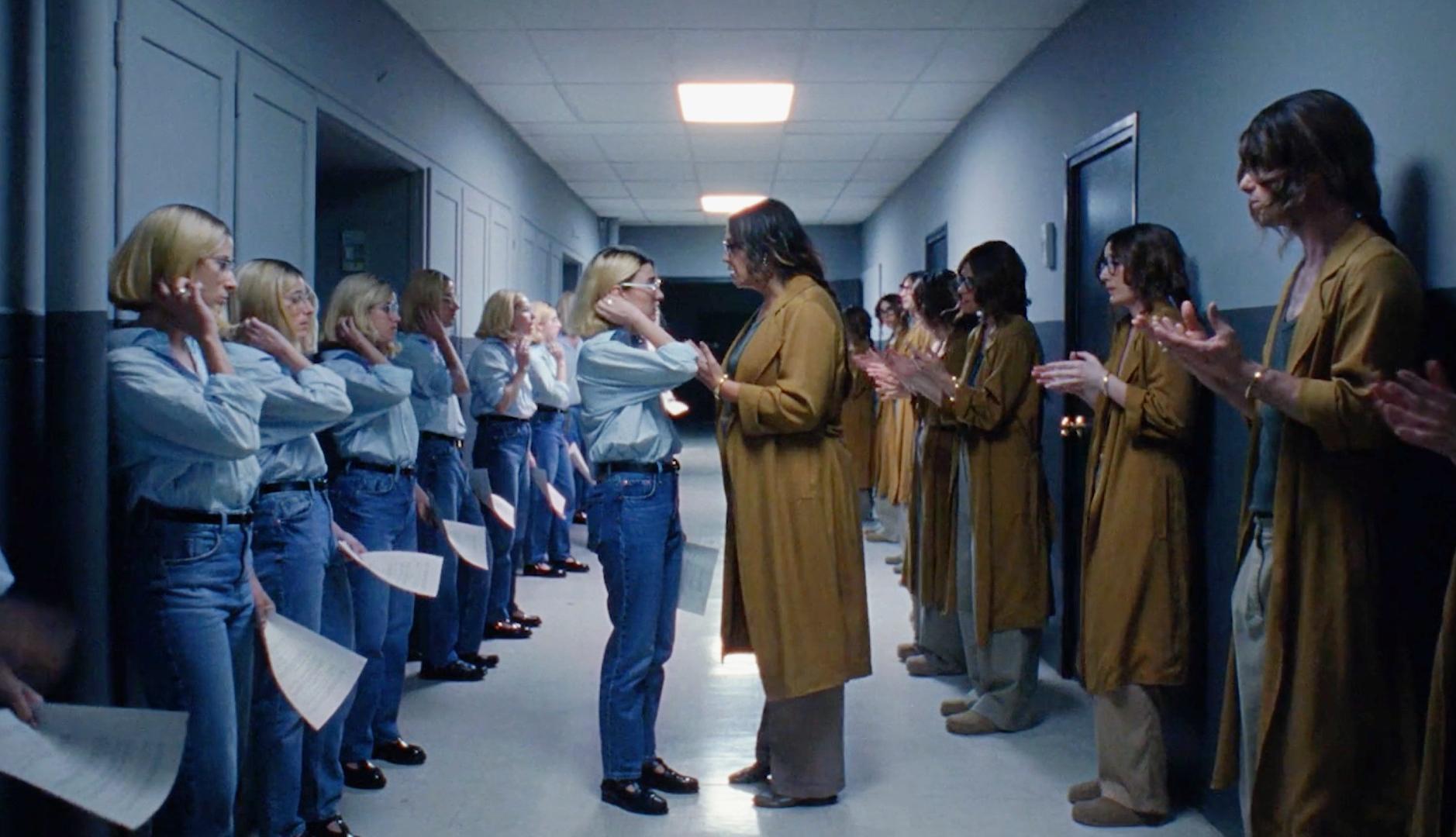
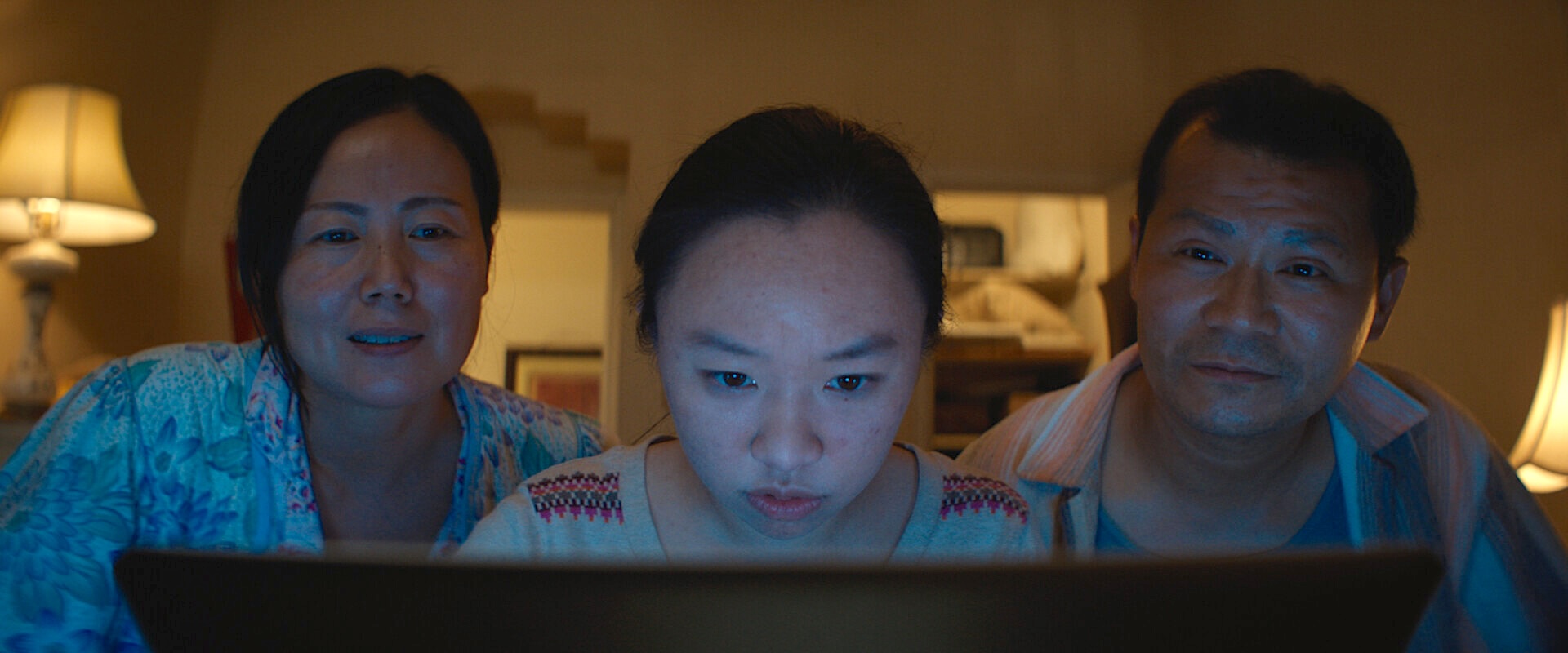












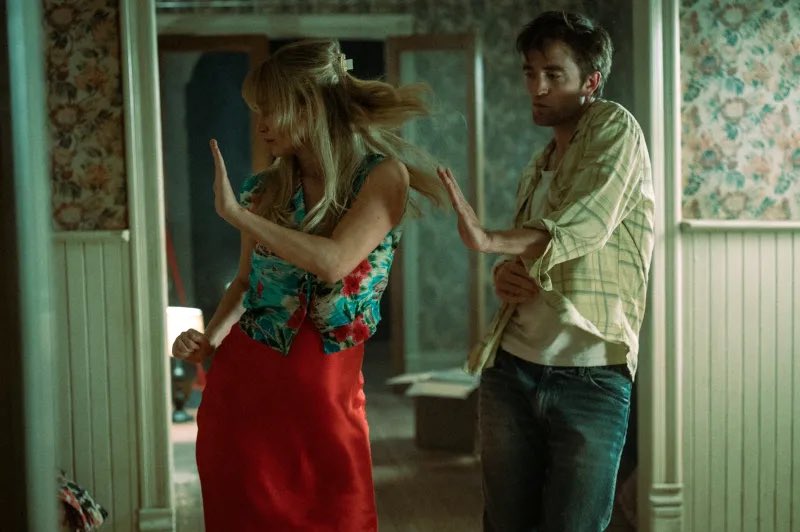



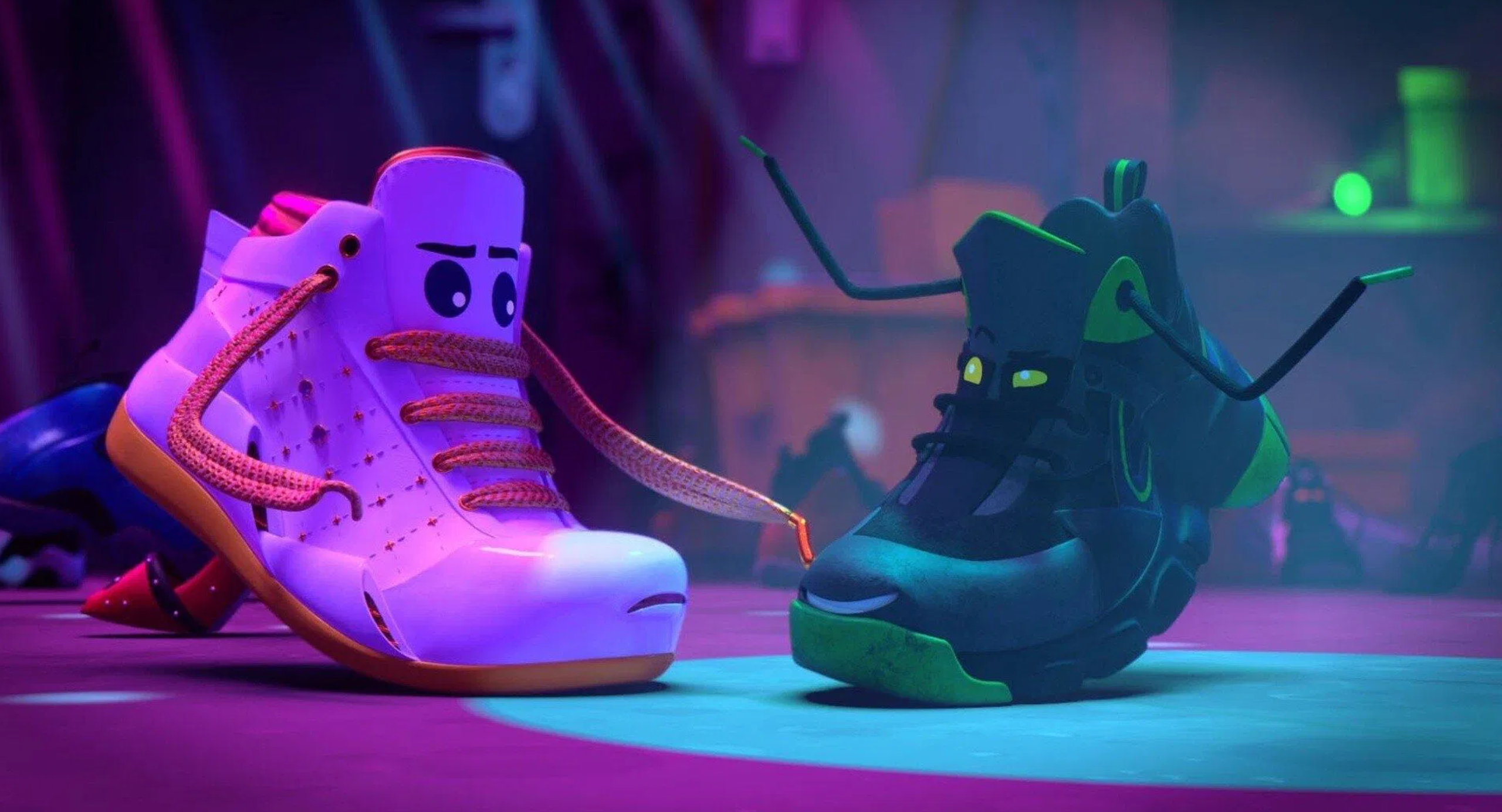















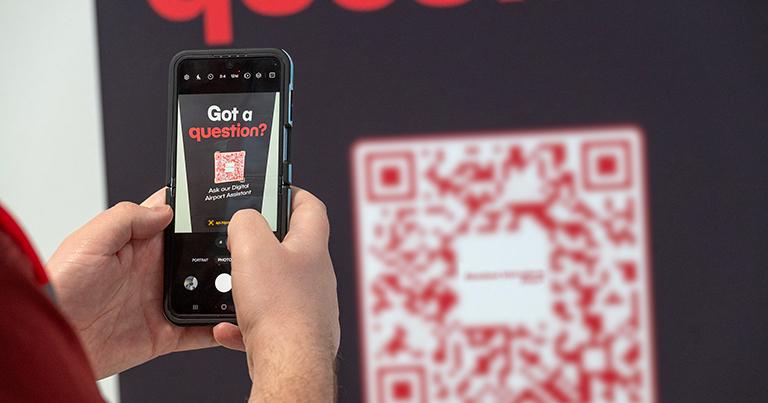






























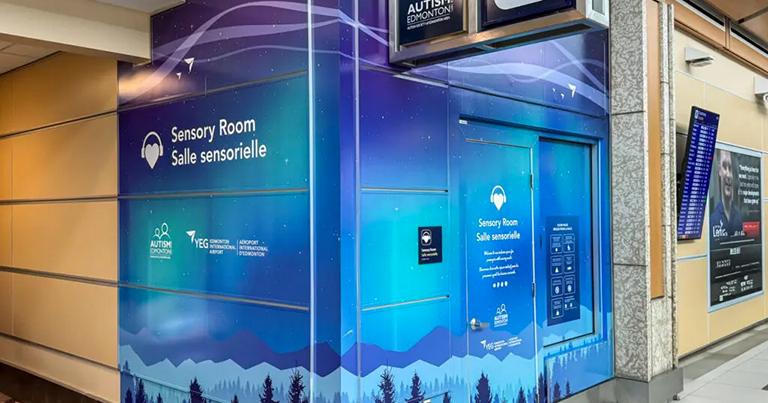




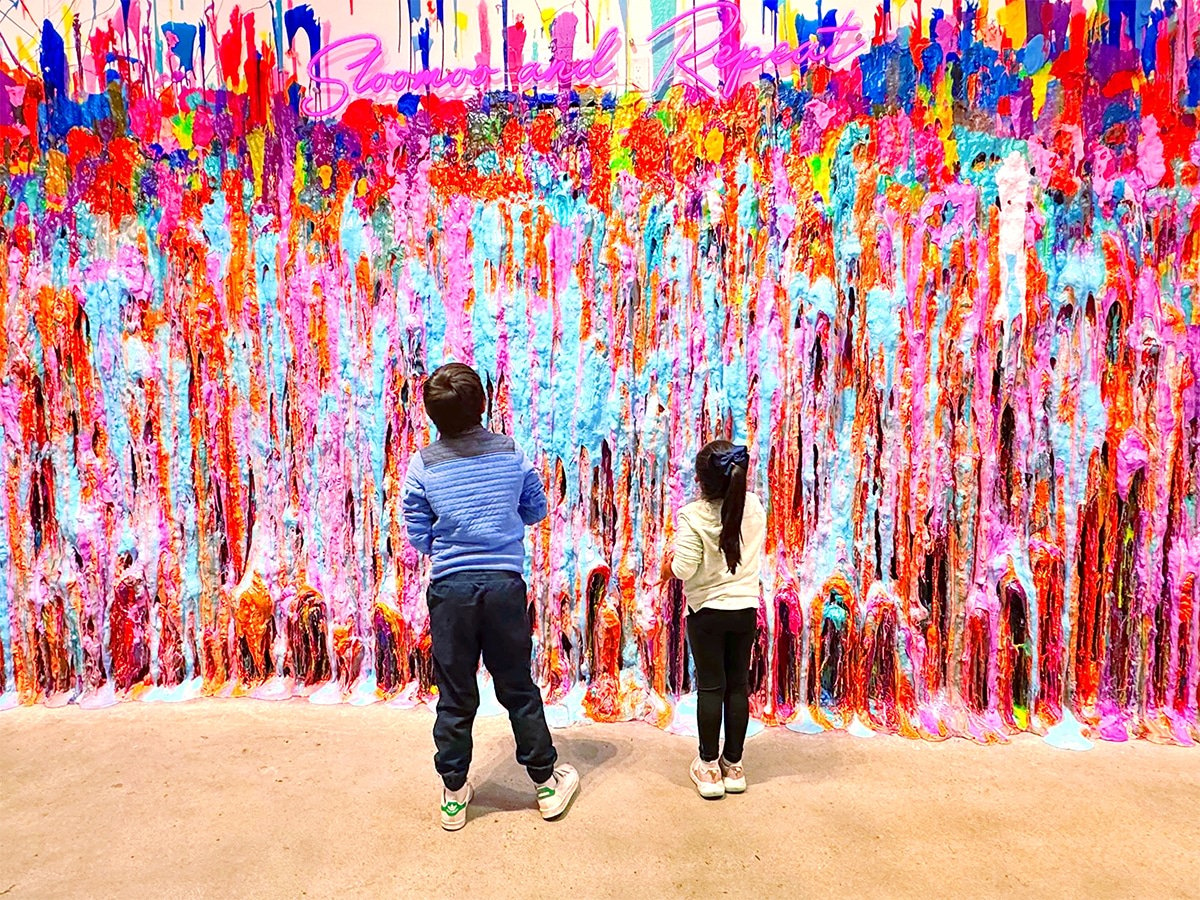














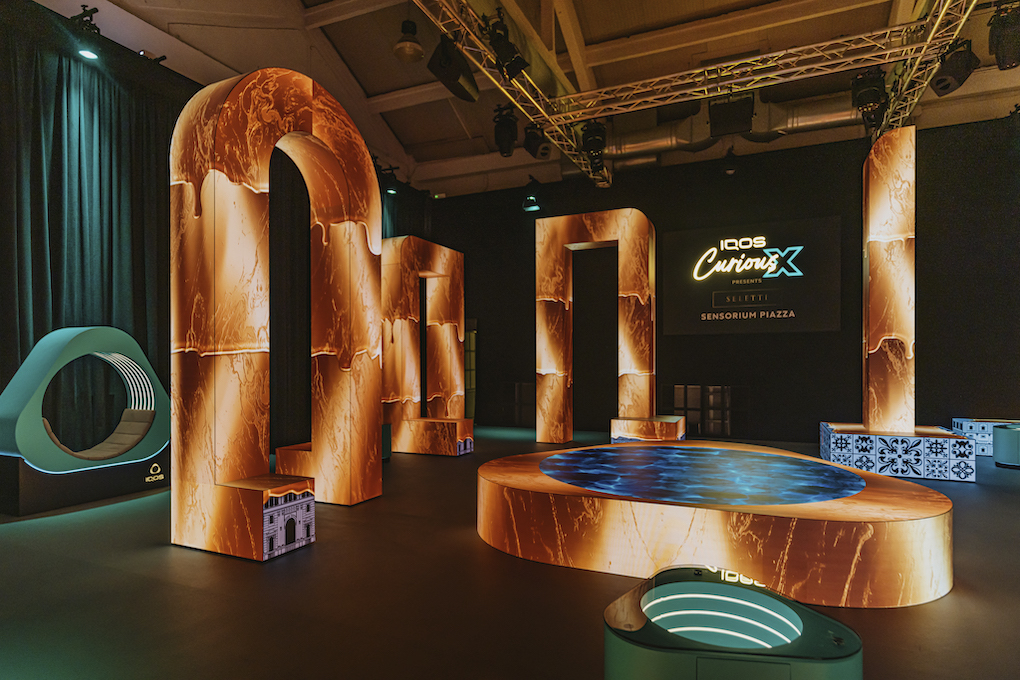
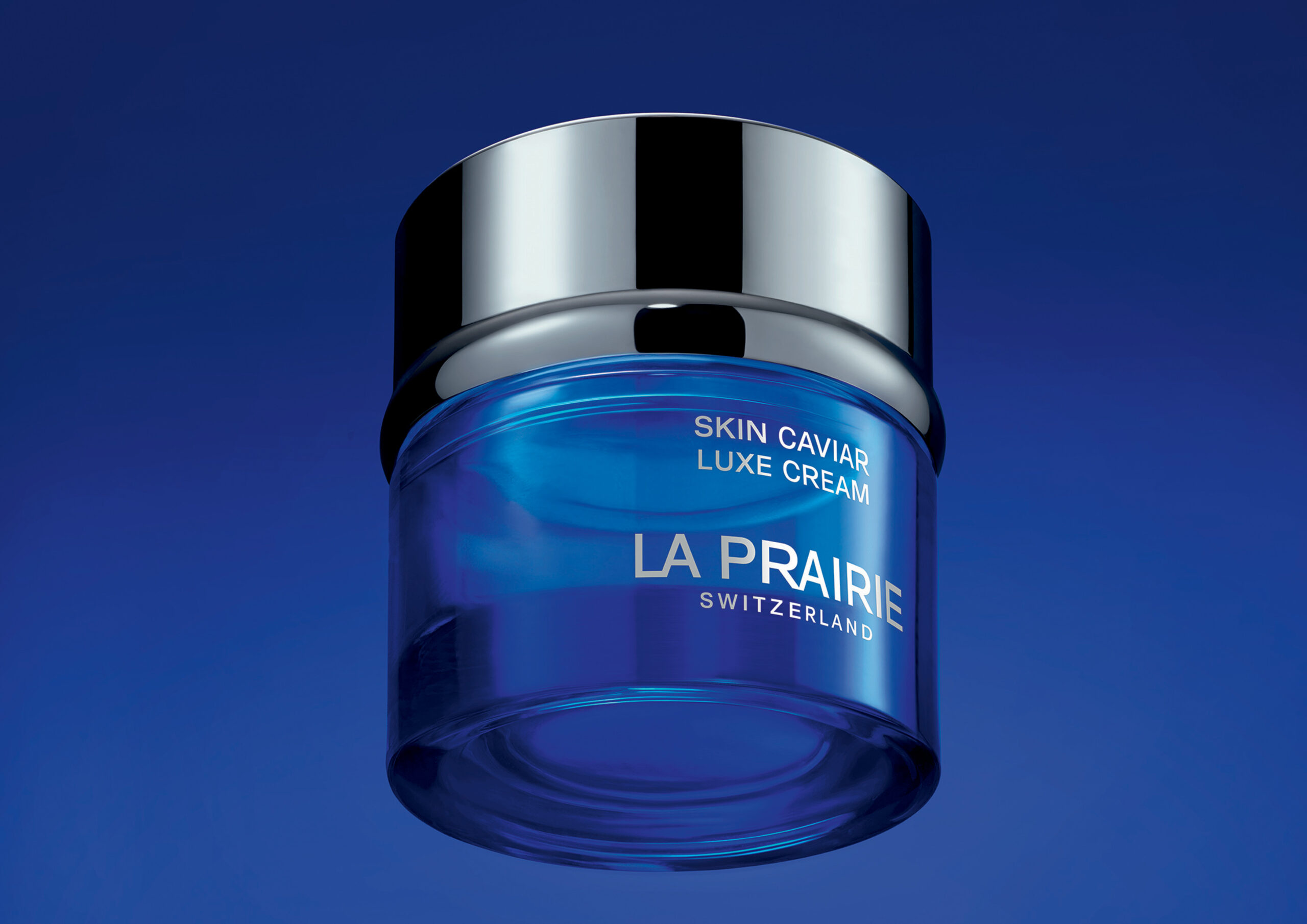
































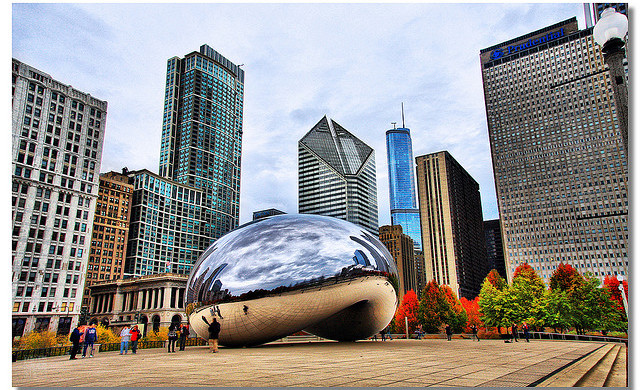



















![Last Chance Before Southwest Ends Open Seating: 90s Legend Kato Kaelin’s Barf Bag Hack Scores Empty Middle Seat [Roundup]](https://viewfromthewing.com/wp-content/uploads/2025/04/kato-kaelin-southwest.jpg?#)























-Classic-Nintendo-GameCube-games-are-coming-to-Nintendo-Switch-2!-00-00-13.png?width=1920&height=1920&fit=bounds&quality=70&format=jpg&auto=webp#)








.jpg?#)
































































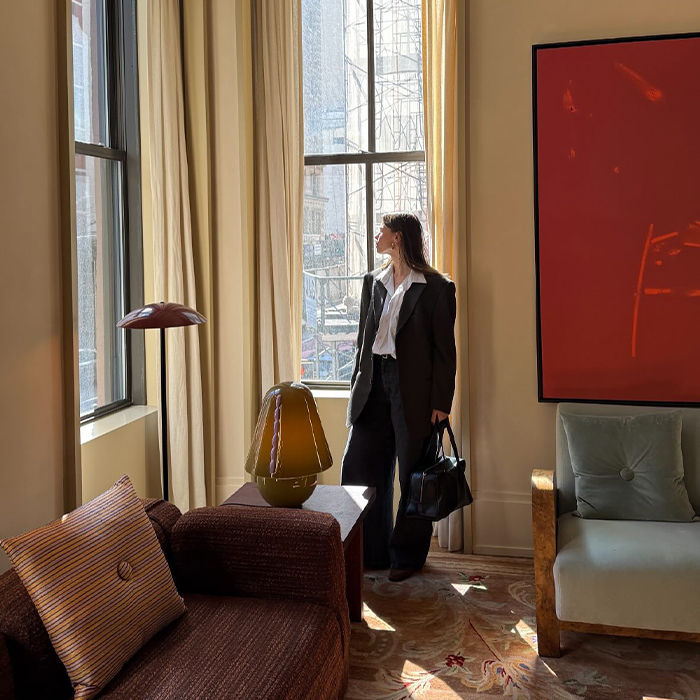



















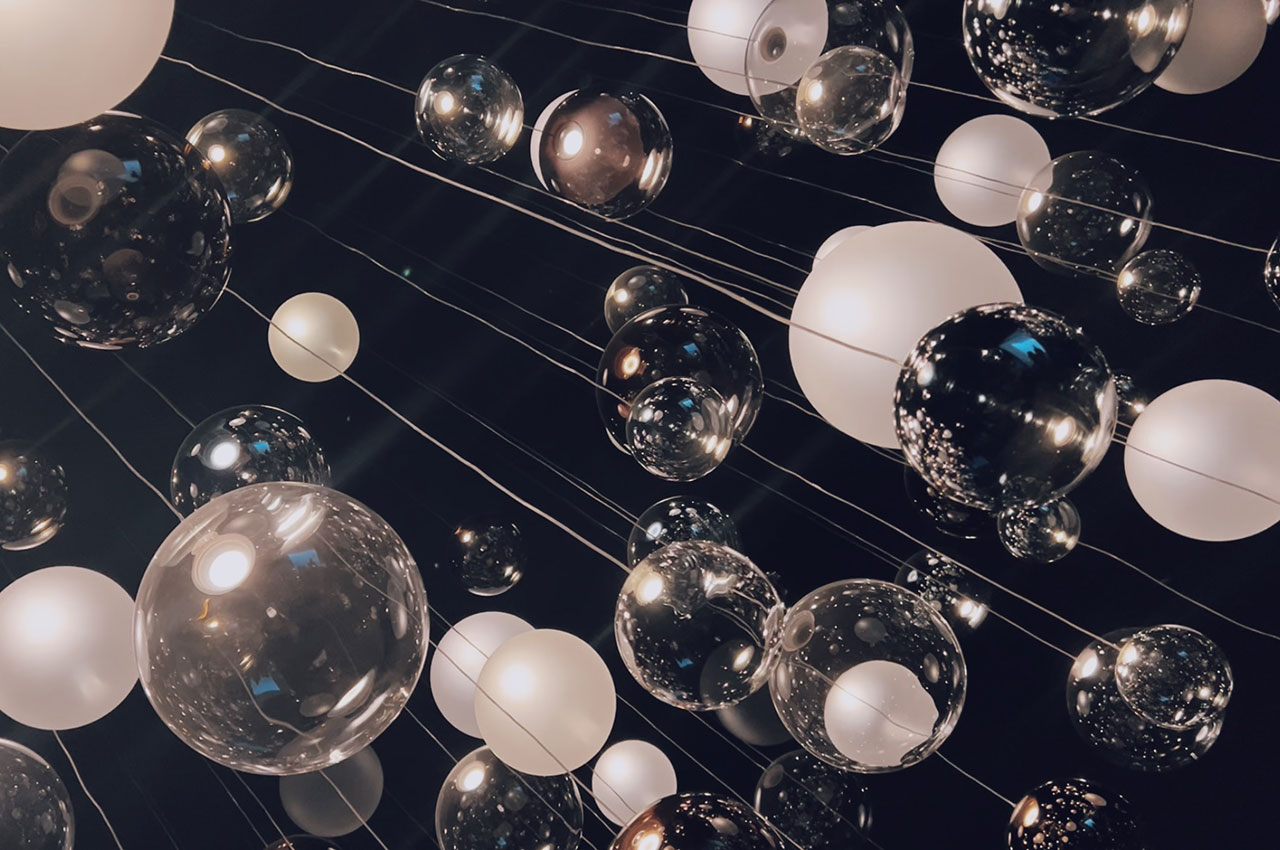
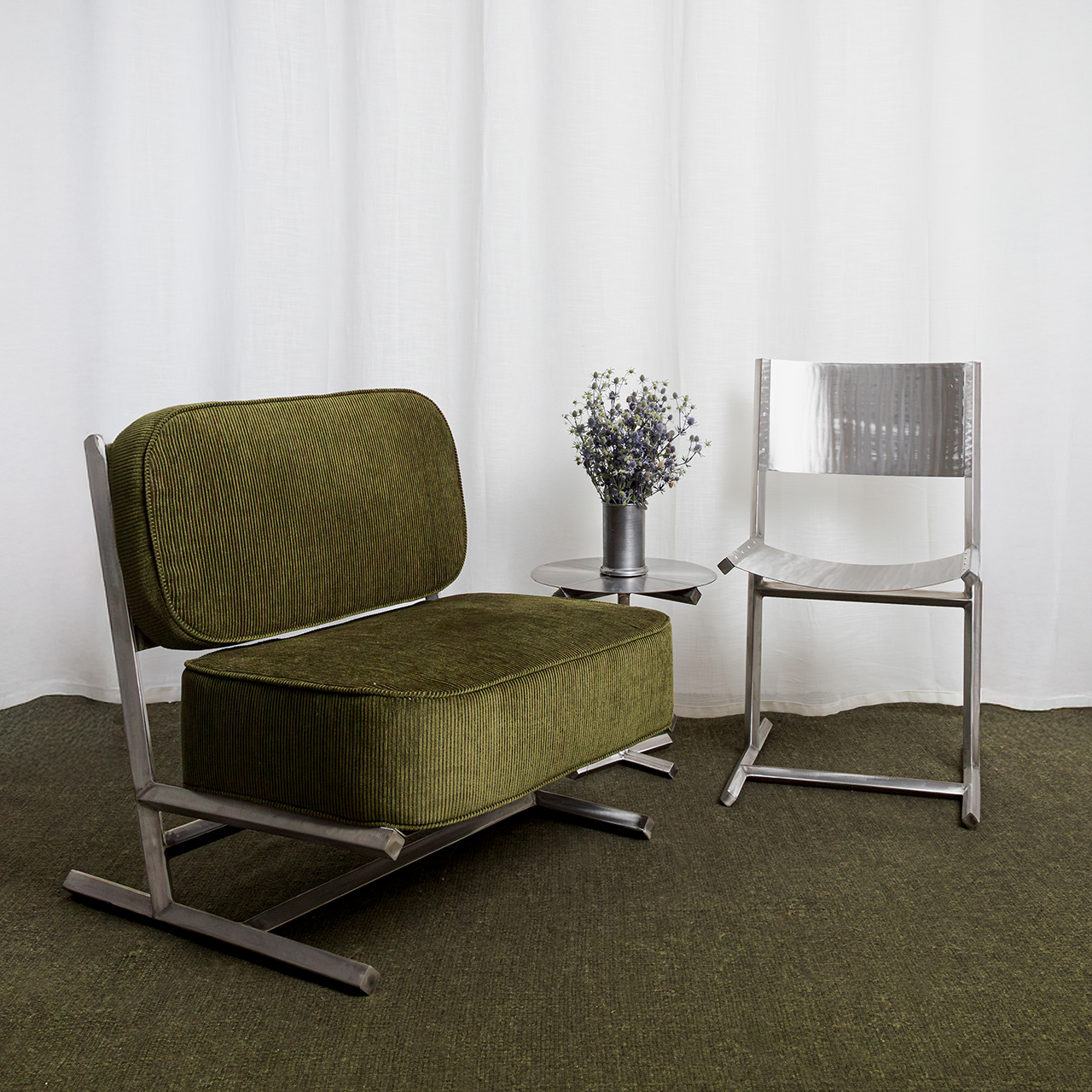
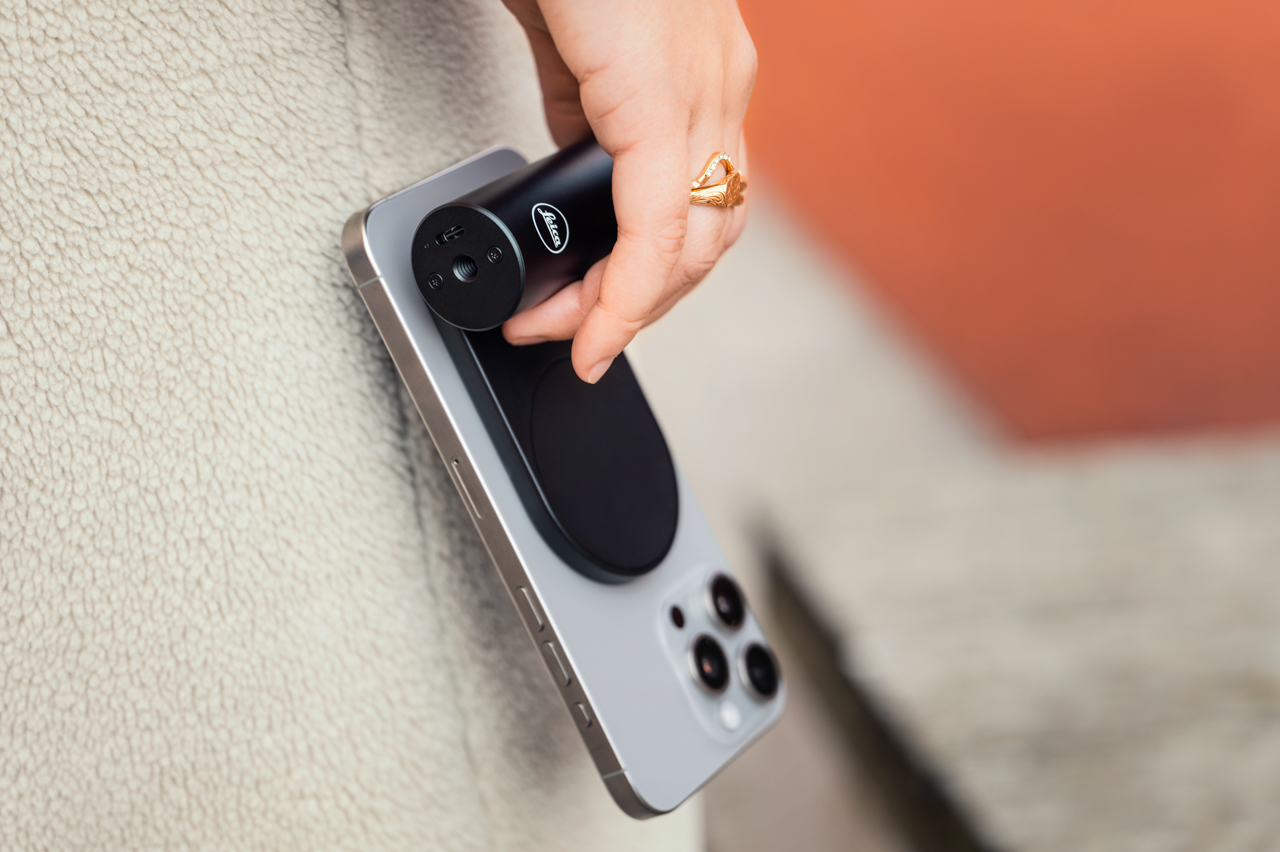


















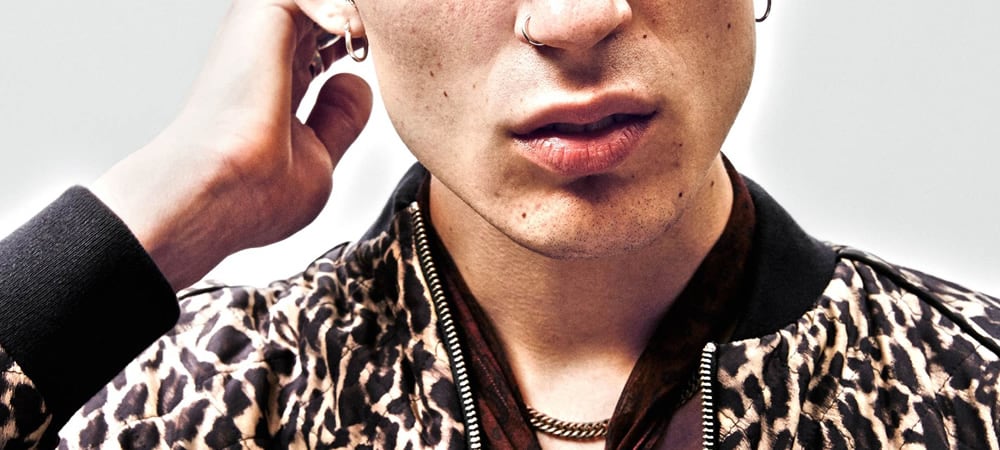

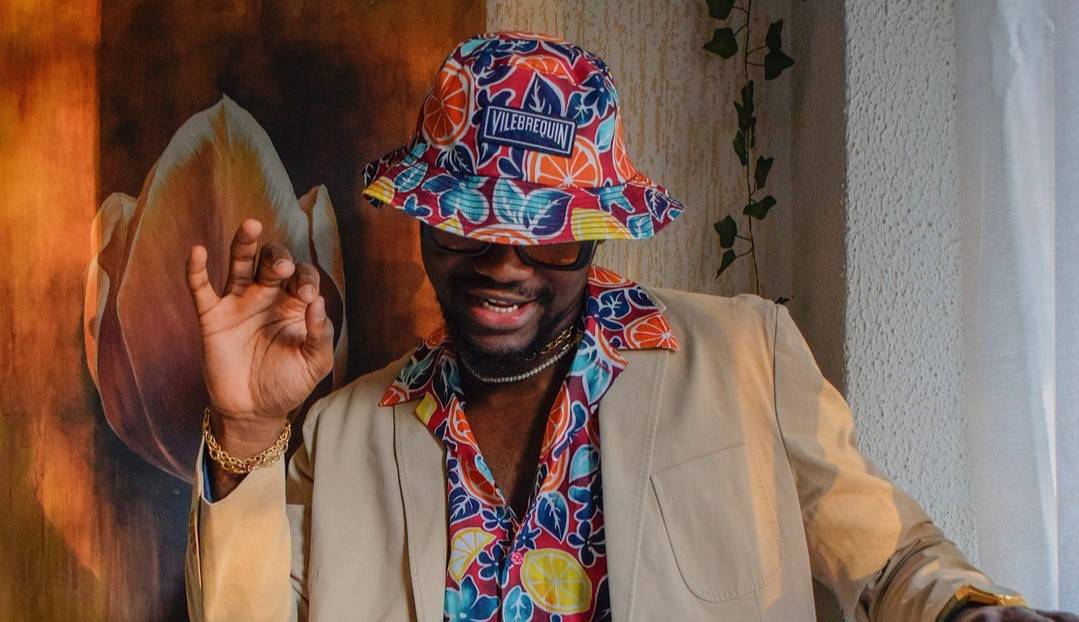


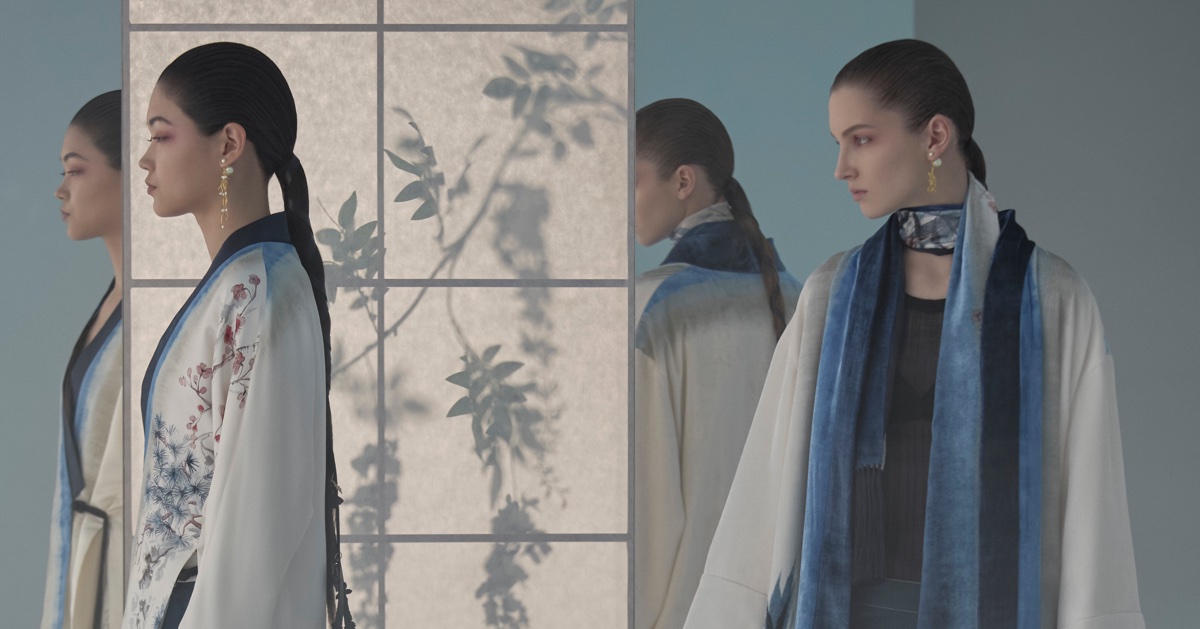





















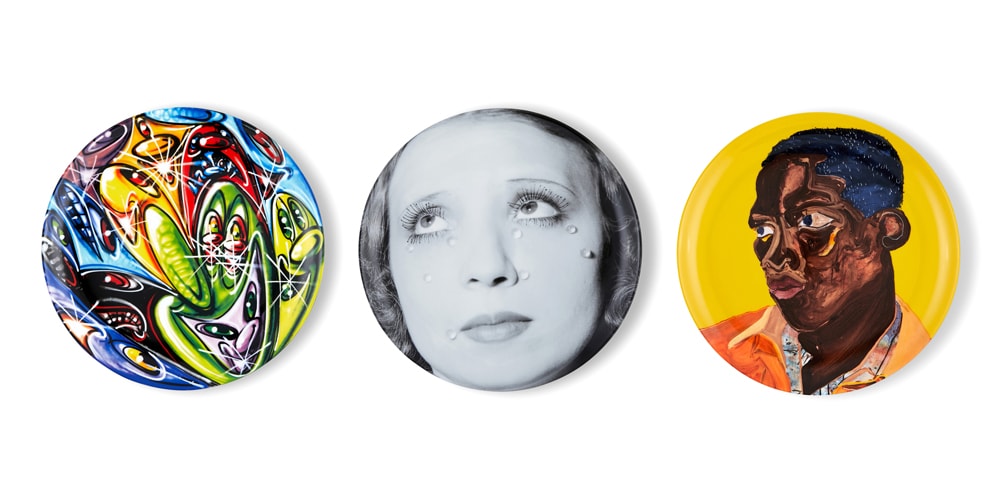


![[Podcast] Unlocking Innovation: How Play & Creativity Drive Success with Melissa Dinwiddie](https://justcreative.com/wp-content/uploads/2025/04/melissa-dinwiddie-youtube.png)




